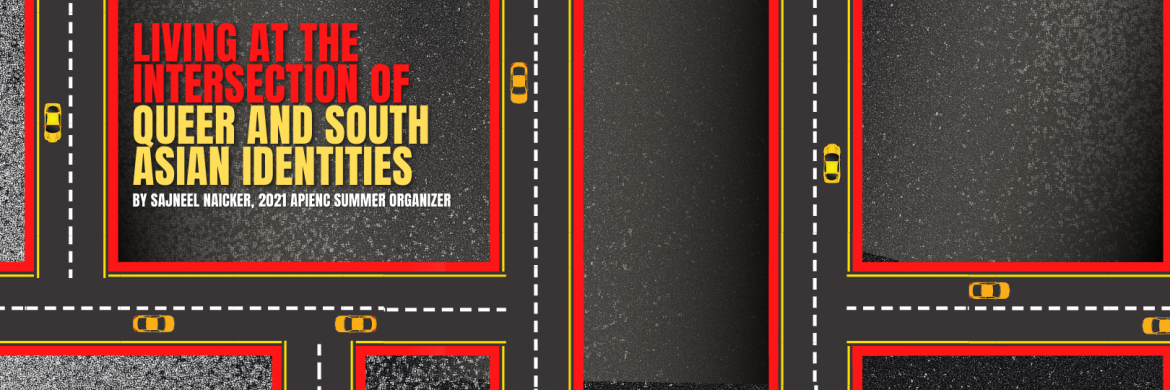Living at the Intersection of Queer and South Asian Identities
For a huge portion of my life, I’ve been in denial that South Asian society is ready to fully support my sexuality and attraction to the same gender. I’d replay the thoughts in my head: “If they didn’t support me at thirteen, why would they now?” At home and around my family, my “choices” turned into arguments, then grew into anxiety and deep insecurity. I lived at the intersection of two streets. On South Asian Avenue, my cultural identity flourished and I celebrated my heritage. On Bisexual Queer Street, my sexuality, femininity, and true self blossomed with love. Yet, there I was between two busy streets, with conflicts erupting as traffic lights blurred. I felt super alone, and I knew I didn’t want anyone else to feel that emotion.
When I retrospectively think about that feeling of being alone, I realize that there are so many people around me who share my same identities. This summer, when I became a member of ASATA (The Alliance of South Asians Taking Action), I met a broader South Asian population abundant with other trans & queer South Asian folks. For the first time, I opened up about my life at this intersection, and I realized that we share so many challenging emotions and feelings. The only way we can make this intersection brighter for the next generation is by documenting our histories, challenges, and wins. So, I set out to have conversations with other trans & queer South Asian folks, and share with my people: this is what life looks like for our community.
Becoming your Full Self is a Journey
Throughout the past few weeks, I had conversations with three trans and queer South Asian people. In my conversations, themes started to emerge. When I talked to Leo, one of APIENC’s Community Organizers, he shared:
“My relationship with my queerness has changed over the years. In the beginning, I had this overwhelming anxiety, as if queerness was something I had to lock down deep, and I couldn’t let anyone glimpse at that part of me. Kinda like a facade. Moving past that, I got to a place of a little more comfort, and yet I was still seeing my queerness as a deficiency of some kind. As if I wasn’t normal.”
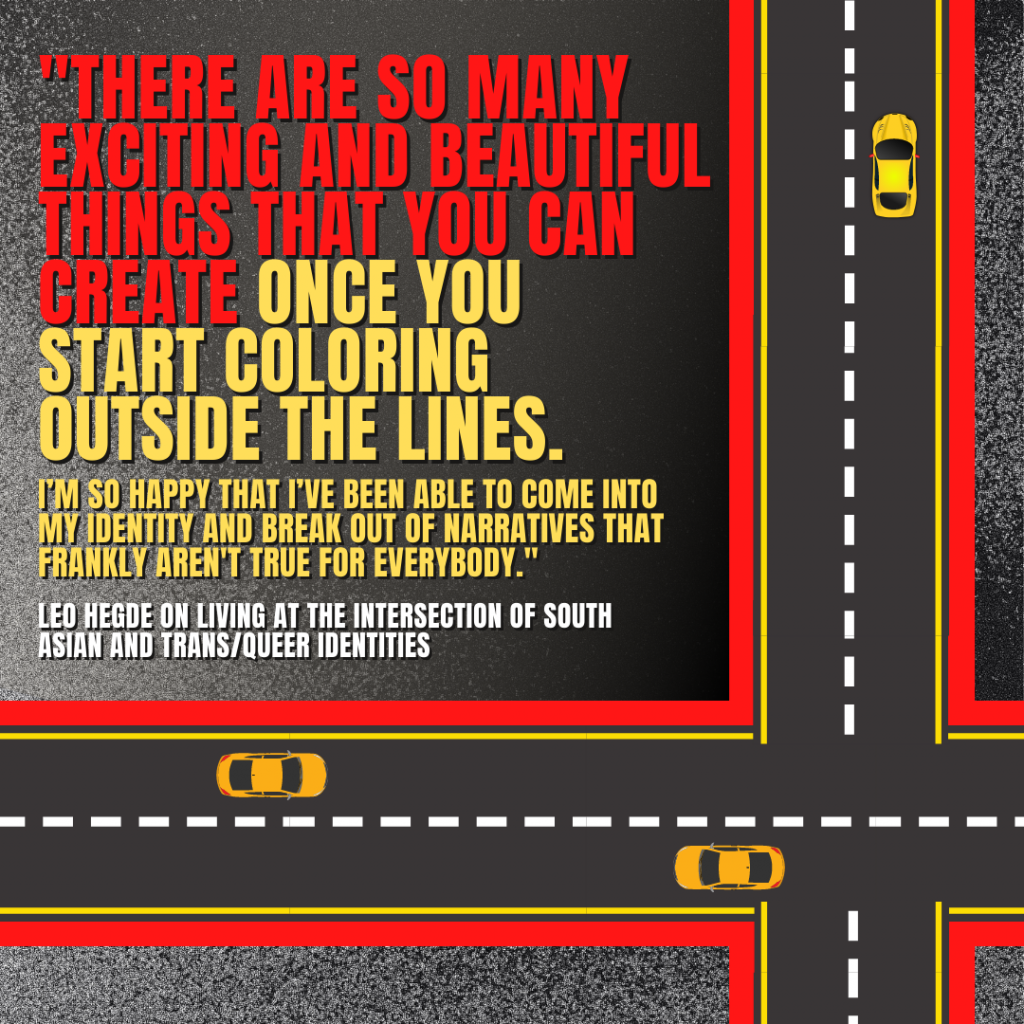
When I heard Leo say this, I began to think of my relationship with my queerness. I questioned, “When will I reach the level of confidence to just show up, without having to code-switch my personality to fit the occasion?” Looking into my past and thinking about my present, I realized, I too am reaching a place of comfort. It’s not something that has or could have happened overnight, and there definitely still are major hurdles and roadblocks, but Leo’s story reminded me that I am on a journey of self-acceptance and the destination is closer every day.
When I talked to Dipti, a queer South Asian elder and long-time activist, about her relationship with queerness, she shared: “I didn’t put all of this together and come out as queer until I was 26. I had many crushes as a kid but I knew that I was being told by society that this was wrong. I was enough of a conformer that I knew I couldn’t go there. So, I bottled up my sense of sexuality. I feel that I would have made many different decisions if I had the choices people have today.”
Listening to Dipti’s story, it made me think about the crucial role society plays in identity formation. Growing up without a lot of technology and access to the internet, I understood right from wrong by analyzing the interactions happening around me, and looking up at who was represented on the billboards. As I think again of Dipti’s story, my experience, and the tomorrow we are creating, I know how significant it is to see Queer South Asians in today’s society.
Thinking about my identities, and listening to Leo and Dipti’s reflections, made me realize that it’s a long process to become who you truly want to be. Acceptance and confidence are the destinations. The challenges, wins, and lessons are the journey.
Challenging Stereotypes & Paving our Own Path
In each of my conversations I asked the question “If you could tell your younger self any words of wisdom that might have helped them, what would you say?” When I asked Nisha, an APIENC Fundraising Committee member, she said: “First of all, if I could go back and talk to my younger self I would give her a big hug. I would tell her, you’re kind-of in a bullshit place right now because there are only white people who think you are weird, but in a few years you’ll realize you’re bigger than this place, and it does not define you, and you don’t need to be defined by these people. Simply, I’ll just say trust yourself more. I think if I did that, I’d be a much more confident kid. I truly believed all their bullshit. I thought I was ugly, I thought I was weird.”
When I first heard Nisha say this, I felt a lump in my throat from my nervousness. I would be lying if I said I didn’t also believe I was ugly growing up. Indians are often portrayed in stereotypical and dehumanizing ways in American media, and in the past, phrases and comments have made their way into real life. Often, I’ve heard things like, “you’re so pretty for an Indian.” These types of comments are degrading, racist, and unacceptable. It’s this type of behavior combined with the exclusion of diverse Indian representation in multi-racial spaces that cause young Indians to believe there’s no space for them in this world. I found so many parallels listening to all the things Nisha believed as a kid. As I move forward and create space for myself in this world, I want to embody my inherent beauty and embrace my unique differences.
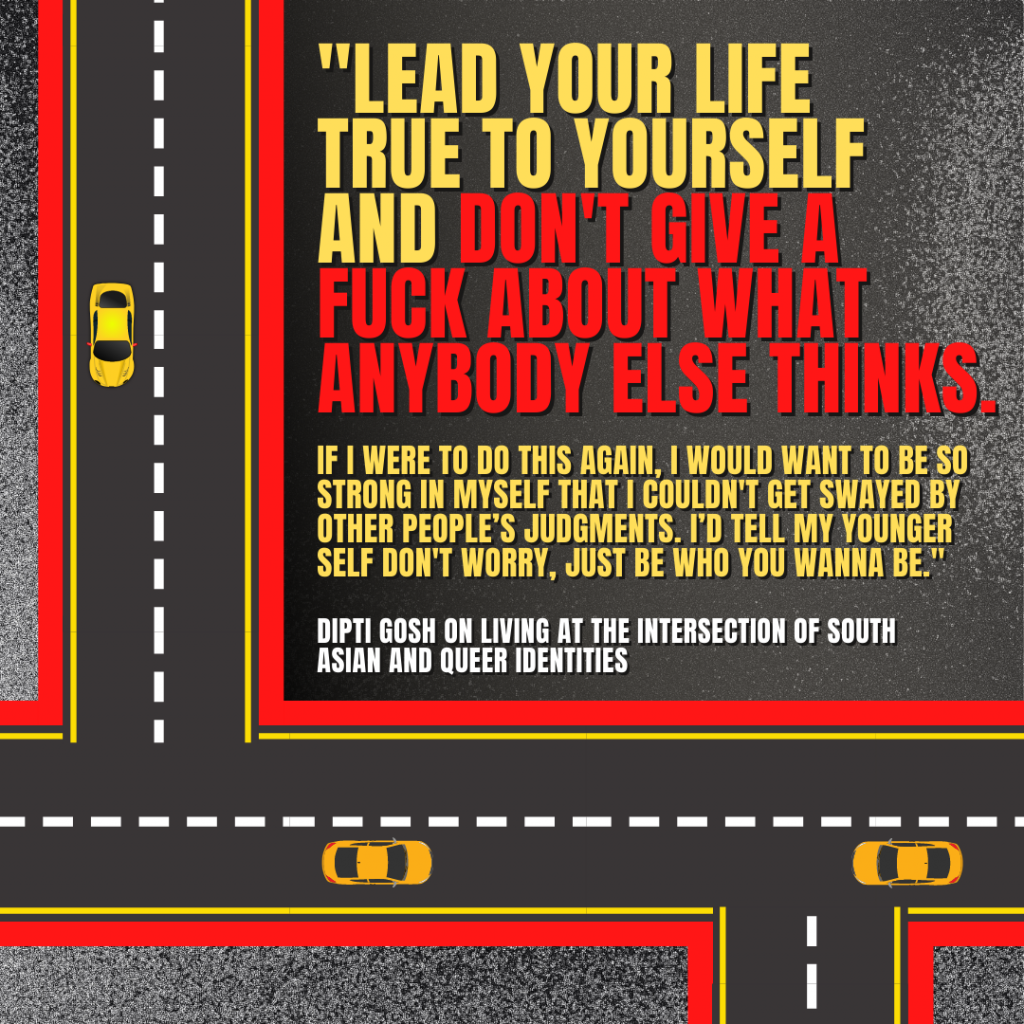
When I asked Dipti the same question, she said:
“I’d tell my younger self to lead your life true to yourself, and don’t give a fuck about what anybody else thinks. If I were to do this again, I would want to be so strong in myself that I couldn’t get swayed by other people’s judgements. I’d tell my younger self: don’t worry about judgements, just be who you wanna be. Play the sports you wanna play, dress how you wanna dress, love who you wanna love.”
Hearing Dipti tell her younger self to play the sports she’s wanted to play, and dress the way she’s wanted to dress, I was reminded of a similar sentiment shared by Leo. He said: “Growing up as a South Asian AFAB (assigned female at birth) person I felt as if my life trajectory was set. I get to a certain age, I get married to a man, have babies. Pretty quickly I realized this wasn’t my life trajectory.” In these conversations, I realized that many of us have a life trajectory set for us, and doing things outside of that trajectory becomes forbidden. When we’ve done things outside of our trajectories, we’ve broken the stereotypes set for us.
Nisha and Dipti’s words of wisdom for their younger self helped me realize that many of our challenges around being truly authentic to ourselves stem from the stereotypes set for us by our society. Our existence often means challenging stereotypes in order to be our true full selves, a tough task that ultimately helps us transform.
There’s No One Way to Be Trans, Queer, & South Asian
Once I started to debrief the conversations I had, I was amazed at how different our experiences were. Initially, I came into my conversations with many generalizations that proved to be inaccurate! Our experiences are not all the same, but the emotions and feelings that we share through these experiences can unite us.
At the end of our conversations, I asked Leo about his coming out experience and where he is in his journey right now, he said: “There’s so many exciting and beautiful things that you can create once you start coloring outside the lines. I’m so happy that I’ve been able to come into my identity and break out of narratives that, frankly, aren’t true for everybody.”
When I asked Nisha about her coming out experience, she said:
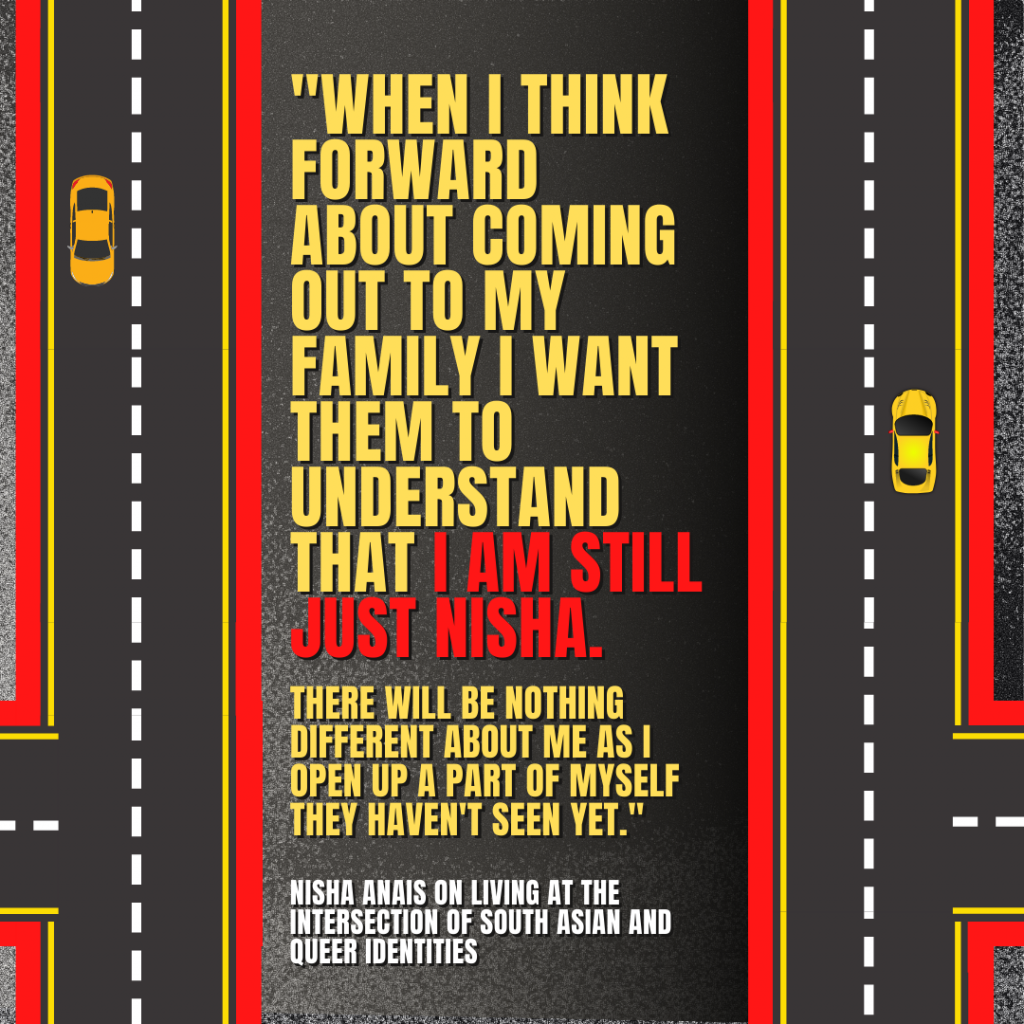
“Thinking into the future of coming out to my family, I would say I feel nervous, liberated, and relieved. Nervous, because I know there will be multiple conversations and a process. I know they will accept me, but it’s about making sure that they understand that I am still just Nisha. There will be nothing different about me as I just open up a part of myself they haven’t seen yet.”
Even as different as our experiences are, I realized how so many of our feelings are the same. Our stories are united by feelings of fear, nervousness, relief, and so much more. When I think back to feeling alone at the intersection of my South Asian and queer identities, I, too, remember feeling fear, nervousness, and relief, all in the process of finding comfort. Queer people are no stranger to emotions like fear, nervousness, and relief. To any queer kid out there struggling with these feelings, just like I was, I want you to know you are not alone, your feelings are valid, and there’s space for you in this world.
I still live at the intersection of my South Asian & queer identity. Still between two busy streets, streets that cause conflict and challenge. But today, I’m having conversations I’ve never had the opportunity to have before. Talking to Leo, Dipti, and Nisha about the struggles of this intersection have started a healing process, and have helped make this intersection a brighter place to reside. These conversations remind me it’s a long process to become who you truly want to be, our existence means challenging stereotypes to be our full selves, and there is no one true way to be queer and South Asian.
I’m not sure what the future has in store for me, but I want to continue having these conversations with trans & queer South Asians from around the world. Listening, documenting, and sharing our stories is what helps me find my place, and for now, that’s enough.
—
Sajneel (he/him) is a first-generation, queer, social justice advocate. Through high school, he tackled budget cuts in his district by becoming an events commissioner and fundraised over $25,000 for his high school’s art program. He is passionate about uplifting marginalized communities through activism and liberation. Today he has his own start-up business, Avant-Garde, selling homemade, eco-friendly, and sustainable candles. He is interested in further studying business, marketing, and the perfumery industry.
